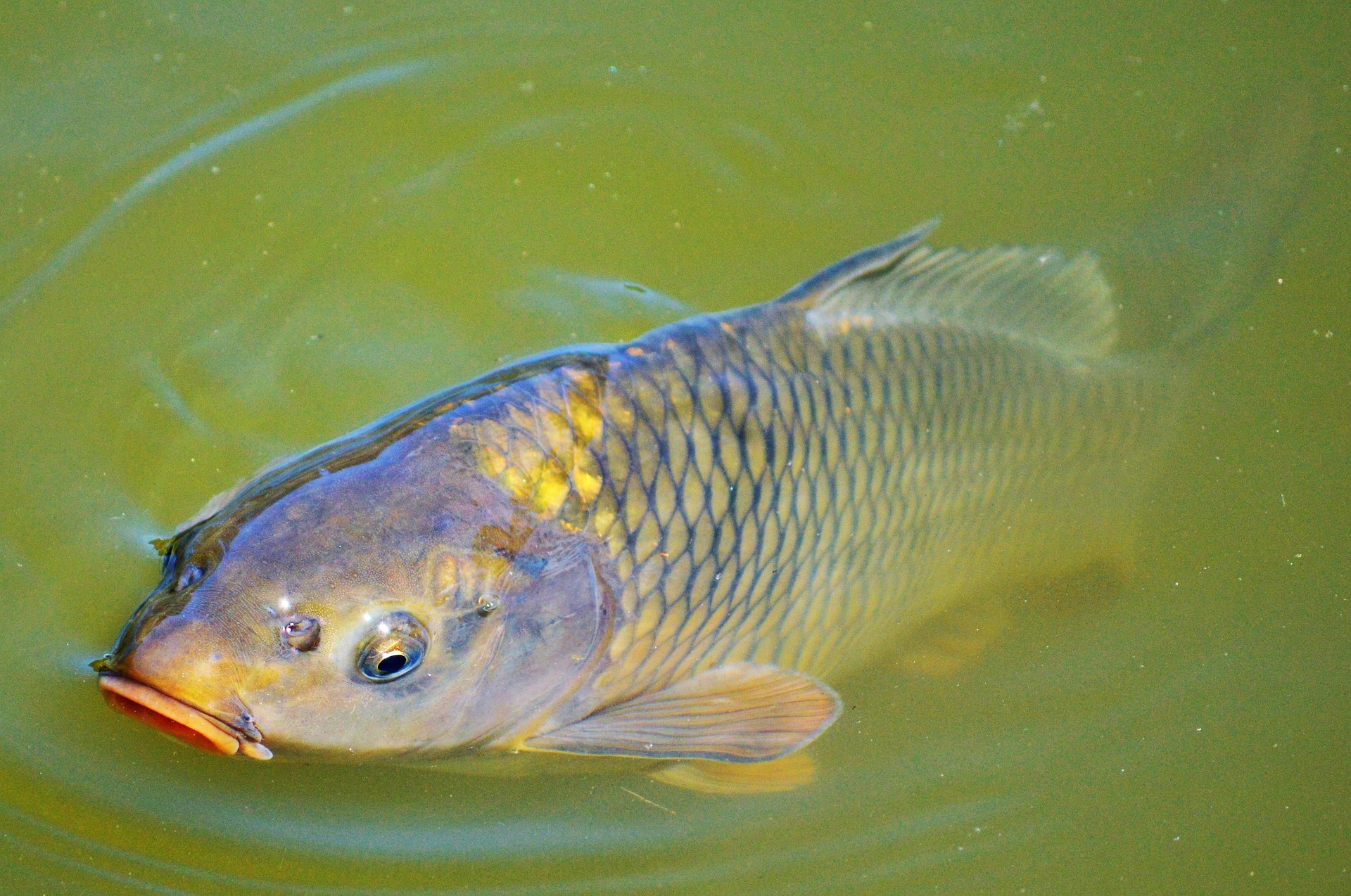Aquaculture is one of the fastest growing food sectors in the world, producing an estimated half of the protein from fish consumption

About 15.7% of the animal protein consumed worldwide comes from fish. The Food and Agriculture Organization of the United Nations (FAO) estimates that aquaculture accounts for half of this percentage and is projected to reach 65% by the end of 2030. [1] In the context of population growth, aquaculture has great potential to meet growing food needs, and aquaculture additionally relieves the fishing pressure on wild species. Aquaculture is the cultivation of aquatic organisms in conditions created by man for this purpose, where the production exceeds the natural production of the water body.
In Estonia, in addition to fish, crayfish are also farmed and attempts are being made to farm molluscs and algae. Estonian fish and crustacean farms are divided into several groups according to size, intensity, and purpose of activity. The most economically important part is made up of intensive commercial fish farming companies. There are also many owners of small ponds who raise fish or crustaceans as a hobby or in small ponds built for this purpose to earn extra income and develop line fishing tourism. In addition, juveniles are raised to enrich the fish stocks in natural waters. A separate area is crustacean farming. [2]
As at 2021, there are 28 licensed aquaculture enterprises registered in the ARIB in Estonia. In 2019, fish farms sold 1,062 tonnes of commercial fish and crayfish, with a total value of more than 3.7 million euros. The production volume was the highest in 28 years. The most sold fish is rainbow trout, followed by eels, sturgeons, carp, crayfish, and others. [3]
According to the EU’s blue economy strategy, aquaculture is one way of reducing the pressure on terrestrial ecosystems in producing food and various raw materials of biological origin. The latter arises as more and more land, including natural areas, is used to meet the diverse needs of humankind. For example, aquaculture is seen as an opportunity to limit and reduce the burden of pollutants from agricultural activities and to help maintain the viability of wild fish populations. [4]
Estonia as a whole is located in the catchment basin of the Baltic Sea. The activities carried out there affect the Baltic Sea, the water body under the strongest human influence in the world. Aquaculture farms are considered anthropogenic point pressure sources. Different aquaculture farms have different impacts, depending on the environmental conditions, farm type, feed practices, water treatment technology, etc. In general, nutrients and potentially hazardous substances are also released into the environment from fish farms. The latter are also pressure factors, the impact of which on the Baltic Sea needs to be reduced. In farms, their emissions to the environment can be reduced by applying environmentally friendly feed practices, applying technologies such as various filters, sediment cones, etc., or removing nutrients by mollusc or algae farming.
Last modified: 12.01.2022
__________________________________________________
[1] https://eur-lex.europa.eu/legal-content/EN/ALL/?uri=CELEX%3A52012DC0494
[2] OÜ aqua consult Baltic. 2012. Kalakasvatuste veesaaste arvestusmetoodika väljatöötamine. Aruanne.
[3] Saarpuu, K. Kalakasvatusettevõtted müüsid möödunud aastal rekordkoguse vikerforelli. Järva Teataja, 27. mai 2020. https://jarvateataja.postimees.ee/6979399/kalakasvatusettevotted-muusid-moodunud-aastal-rekordkoguse-vikerforelli